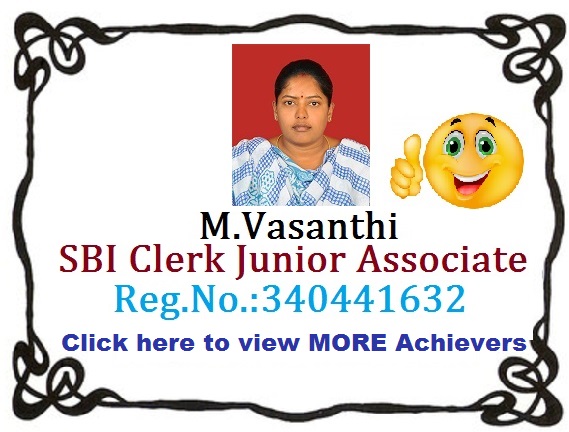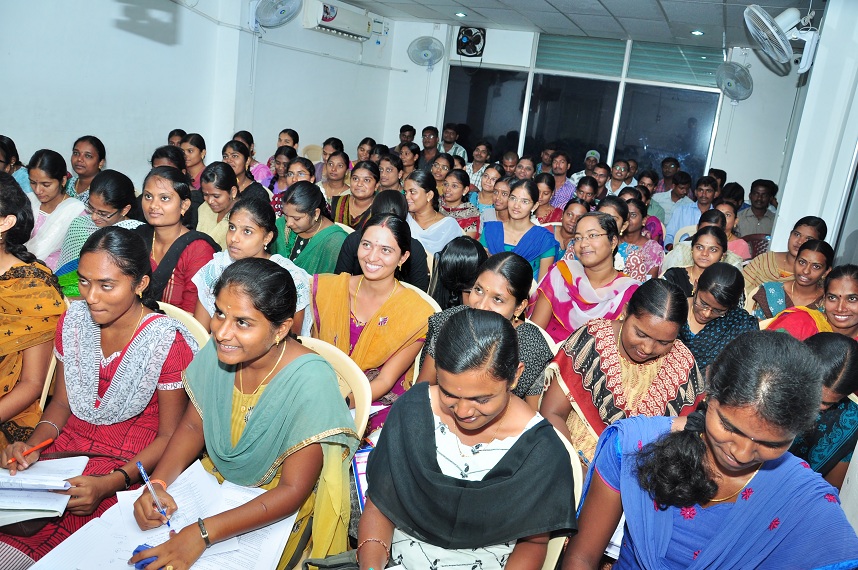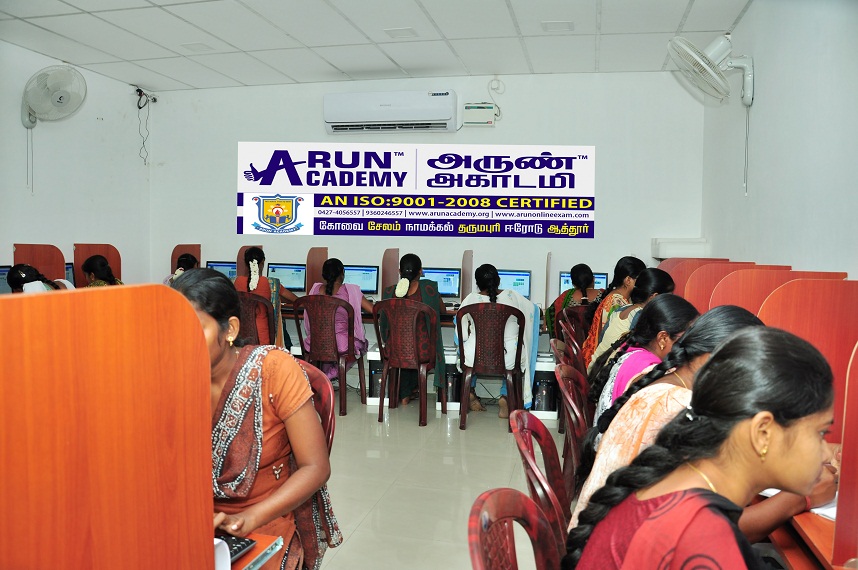- Remaining Timing :-
(1). Chamfuli is the dance of which state_________
- (a). Uttarakhand
- (b). Jammu & Kashmir
- (c). Odisha
- (d). Maharashtra
- (e). None of these
Explanation:
Chamfuli is a popular dance form of the Garhwal region. In this dance, men and women dance to the rhythm - separately and together in pairs with vivid facial expressions.
(2). Romala is the dance of which state_________
- (a). West Bengal
- (b). Nagaland
- (c). Rajasthan
- (d). Uttarakhand
- (e). None of these
Explanation:
Ramola is a famous folk dance form performed in the Uttarakhand state of India. This dance is a charming heritage of Bard community of this state. The community roams from one place to another. The dance is performed by bard tribe with onset of spring season.
(3). Corridinho, is the dance of which state_________
- (a). West Bengal
- (b). Odisha
- (c). Nagaland
- (d). Goa
- (e). None of these
Explanation:
The corridinho is a form of Portuguese dance, namely in the Algarve. It is danced with the pairs always embraced, forming a circle, girls inside and the boys outside the circle. By rotating the circle the pairs evolve side by side. At a certain time, when the music as a stronger beat, their feet hit the floor more intensely, stopping the rotation, to resume afterwards. Further away in the dance, the pairs embraced waltz by spinning in the same place. Next the circle starts rotating again always for the right side. It is a very traditional dance in Portugal that Portuguese people like doing
(4). Dekhnni is the dance of which state_________
- (a). West Bengal
- (b). Nagaland
- (c). Andhra Pradesh
- (d). Goa
- (e). None of these
Explanation:
The gestures in the dance appear to have been borrowed from the Kathak and Bharata Natyam. Dekhni in Konkani language means "bewitching beauty". This song-cum-dance performed only by women to the accompaniment of folk drum "Ghumat", displays a rare blend of Indian and Western cultures. The dance enacts the life of a "Devdasi" (literally meaning servant of God) girl whose job is to perform dance in temples and social ceremonies like weddings. The theme is of a Devdasi girl who comes to a riverbank to take a ferry to reach the other side where she has an appointment to dance in a wedding. She requests the adamant boatman for a favour and is even ready to offer him her golden earring for taking her across urgently. The dance set to western rhythms and Indian melody, is livened up by the conversation between the girl and the boatman in the form of a lilting song, which lingers in the mind for a long time. The dancers carry pantis (small clay lamps with a wick floating in oil) or artis. Only two or three dekhni songs, composed and scored a long time ago, are extant.
(5). Fugdi is the dance of which state_________
- (a). West Bengal
- (b). Odisha
- (c). Andhra Pradesh
- (d). Goa
- (e). None of these
Explanation:
This is a group dance for women, with two major variations: as danced in a circle or by a rows of dancers. Broadly, villages have a dance in a circle but forest settlements have it in rows. A few fixed steps and hand gestures and hand laps are the elements. No instrument or musical accompaniment is found with the dance, but special fugdi songs are innumerable. The songs might be about Puranic stories, family life, complaints, rivalries or people. Fugdis of different types are danced by women at such festival as the Dhalo or Ganesh Chaturthi - that is at both strictly at religious and folk celebrations. A striking variation is the kalashi fugdi before Goddess Mahalakshmi during the vrata (disciplinary observance vowed to some diety) offered to that goddess. This is accompained by no songs, but the dancers carry the large vessels called kalashi or ghagar and blow into them rhythmically as they spin around. Altogether twenty-seven types of fugdi have been found in Goa so far.
(6). Dashavatara is the dance of which state_________
- (a). Andhra Pradesh
- (b). Goa
- (c). Nagaland
- (d). Rajasthan
- (e). None of these
Explanation:
The term Dashavatara refers to the ten incarnations of Lord Vishnu ('Das' means ten, 'Avatar' means incarnations). Scholars are divided into two groups as far as the origin of the dance is concerned. One group believes it to have evolved from "Yakshagana"; another group considers it to have emerged from "Kuchipudi". Many actors believe that Dashavatara is originally a dance form from Kerala, and they worship a deity of the Walaval region of Kerala. Whatever the source maybe, the form was introduced to the Konkan region in the 16th century. The subject of the theft of the 'Vedas' is discussed by the "Sutradhar" (stage manager), 'Brahmin' figures, women actors representing the rivers, actors playing Lord Brahma (the Creator) and Goddess Saraswati (the goddess of learning), and the demon Shankhasur. The overture continues for about two hours, and the proper drama known as "Akhyana" begins after this. The play, concerning itself with stories from the epics and mythology, concludes at sunrise. The red and white makeup of Dashavatara actors distinguishes them from the spectators who arrive shortly before 11.00 pm for the performance. The evening commences with prayers to Ganapati or Ganesha (the elephant-headed god), sung by the Sutradhar (stage manager).
(7). Nongkrem is the dance of which state_________
- (a). Rajasthan
- (b). Maharashtra
- (c). Andhra Pradesh
- (d). Meghalaya
- (e). None of these
Explanation:
The Nongkrem dance festival is performed to appease the all-powerful Goddess Ka Blei Synshar for a rich bumper harvest and prosperity of the people. The Syiem (King) of Khyrim along with the high priest performs the Pomblang ceremony, where a goat is sacrificed to appease the Lei Shyllong; the god of Shillong peak and also to the ancestors of the ruling clan. The religious part of the festival precedes dances, in which unmarried girls in all their exotic costumes participate. Attired in their majestic and traditional regalia, young men also take to the dancing arena in front of the Iing Sad (thatched palace). They hold swords and white Yak hair whisks in their hands, keeping time to the changing beats of drums and haunting tunes of the tangmuri (pipes).
(8). Ka Shad Suk mynsiem is the dance of which state_________
- (a). West Bengal
- (b). Nagaland
- (c). Meghalaya
- (d). Rajasthan
- (e). None of these
Explanation:
The annual spring dance, performed to celebrate harvesting and sowing.The Dance is performed in relation to the agricultural cycle (i.e. the harvesting period and the beginning of the sowing period).The participants in the dance are both male and female. The female dancers have to be unmarried (virgins), while their male counterparts do not have any such restriction. The costumes and jewellery worn by male and female dancers are described
(9). Lahoo is the dance of which state_________
- (a). Andhra Pradesh
- (b). Tamil Nadu
- (c). Meghalaya
- (d). Maharashtra
- (e). None of these
Explanation:
The Jaintia People have another dance festival for entertainment. It is called the Laho dance. Members of both the sexes participate in this dance festival, attired in their best finery, usually two young men on either side of a girl, linking arms together, dance in step. In place of the usual drums and pipe, there is a cheer leader, usually a man gifted with the talent of spontaneous recitation. He recites ribald couplets to the merriment of the audience.
(10). Domni is the dance of which state_________
- (a). Andhra Pradesh
- (b). Nagaland
- (c). Odisha
- (d). West Bengal
- (e). None of these
Explanation:
Domni belongs to Maldah in West Bengal. A Domni performance starts with a Vandana dedicated to God. Then the 'Mool Gayen' (Lead Character/Protagonist) and 'Chhokras' (Supporting Characters) offer devotional prayers. The dance performances of the Chhokras are called 'Nachari' or 'Lachari'. The main characters are the roles of husbands, wives, mothers, greedy moneylenders, peasant- girls and so on. The plays are composed taking extracts from small events of everyday life and are presented in a satirical manner. The musical instruments are Harmonium, Dholak, Kartal, Flute and so on. Domni groups are found in Maldah. With change on social life and popular taste/culture, this folk form is becoming extinct.







